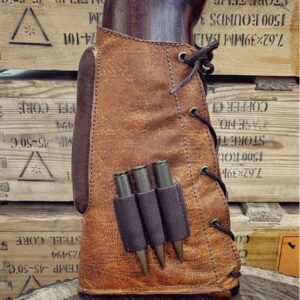A well-maintained fireplace is essential for energy-efficient heating and a cozy home. Over time, fireplace bricks can crack or deteriorate, reducing efficiency and posing safety risks. Replacing damaged bricks not only restores functionality but also improves heat retention and eco-friendly heating performance.
Why Replace Fireplace Bricks?
Fireplace bricks are designed to withstand high temperatures, but they can wear out due to constant exposure to heat and moisture. Here’s why replacement is crucial:
- Improved Energy Efficiency – Cracked bricks allow heat to escape, reducing the effectiveness of your wood stove or pellet stove.
- Enhanced Safety – Damaged bricks can lead to structural weaknesses, increasing the risk of fire hazards.
- Better Heat Retention – New bricks improve heat distribution, making your fireplace insert more efficient.
- Long-Term Cost Savings – Proper maintenance reduces the need for frequent stove spare parts replacements.
Steps for Fireplace Brick Replacement
Replacing fireplace bricks is a manageable DIY project if you follow these steps:
1. Assess the Damage
Inspect the fireplace for cracked, crumbling, or discolored bricks. Pay attention to the firebox and surrounding areas. If the damage is extensive, consider consulting a professional.
2. Choose the Right Bricks
Not all bricks are suitable for fireplaces. Opt for firebricks, which are designed to withstand extreme heat. These are denser and more durable than regular bricks.
3. Remove Old Bricks
Carefully chisel out the damaged bricks. Use safety goggles and gloves to protect yourself from debris. Ensure the surface is clean before installing new bricks.
4. Install New Bricks
Apply high-temperature mortar to secure the new bricks in place. Allow sufficient drying time before using the fireplace again.
5. Test for Efficiency
After replacement, test your fireplace to ensure proper heat retention. If you notice inefficiencies, check for gaps or improper sealing.
Maintaining Your Fireplace for Longevity
Regular maintenance is key to extending the life of your fireplace and ensuring energy-efficient heating. Here are some essential tips:
Chimney Maintenance
Schedule annual chimney cleaning to remove soot and creosote buildup, which can cause blockages and reduce efficiency. A clean chimney also minimizes fire risks.
Using Quality Firewood
Burning seasoned firewood reduces creosote accumulation and improves combustion. Avoid wet or green wood, as it produces more smoke and less heat.
Inspecting Stove Spare Parts
Regularly check gaskets, seals, and other stove spare parts for wear and tear. Replacing these components ensures optimal performance.
Eco-Friendly Heating Alternatives
If you’re looking for sustainable heating solutions, consider these alternatives:
- Pellet Stoves – These burn compressed wood pellets, producing less smoke and higher efficiency than traditional wood stoves.
- Fireplace Inserts – Designed to fit into existing fireplaces, these inserts improve heat output and reduce energy waste.
- Heat Pumps – Electric heat pumps provide efficient heating without combustion, making them an eco-friendly option.
Conclusion
Replacing fireplace bricks is a vital step in maintaining a safe and efficient heating system. By following proper installation techniques and prioritizing chimney maintenance, you can enhance your fireplace’s performance while reducing energy costs. For those seeking eco-friendly heating solutions, modern alternatives like pellet stoves and fireplace inserts offer sustainable and efficient options.
Investing in quality materials and regular upkeep ensures your fireplace remains a reliable source of warmth for years to come.




